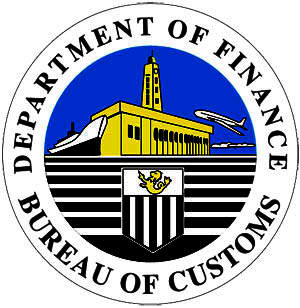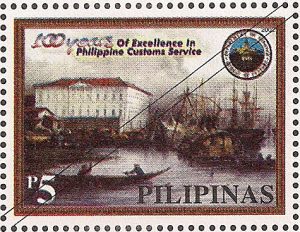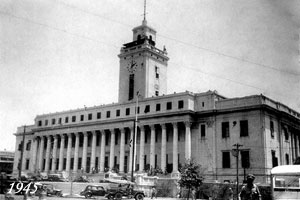Trivia about the Bureau of Customs in the Philippines
Trade between the Philippines and other countries more particularly her Asian neighbors, already existed long before the colonization of the islands. Foreign visitors presented “customary” tributes to our rajahs, datus and even to local chieftains for the privileges they enjoyed in exchanging goods for rare Philippine produce more particularly the islands spices and gold. “Barter” eventually emerged as the mode of exchanges and domestic trade giving way also to a founded “Philippine-Acapulco Trade” route more popularly known later as the ‘galleon trade’. As the galleon trade flourished, ‘Christianity’ deepened its anchors in the islands.
Not long after the colonization of the Philippine Islands by Spain, the colonial government imposed a uniform ad valorem duty of ten percent on all imports. The same ten percent ad valorem continued to be used later by the American military governors handling customs matters after the Spaniards. On November 30, 1898, Gen. Emilio Aguinaldo re-organized the Department of Finance with a decree, pronouncing the existence of customs service under the Philippine government. A year after, subsequent laws concerning Philippine customs service were passed incorporating therein with particular emphasis on the decree which mentioned the duties of the customs division relating to ‘maritime customs’.
Under the early American Period in our history, the Philippine Commission on October 2, 1901 created Act No. 250 and provided for the increase of the number of employees in the Office of the Collector of Customs and of the chief of port. The Philippine Commission enacted the Tariff Revision of 1902 replacing the outmoded Spanish customs law and in February 7, 1902 issued Act No. 355 “An Act to Constitute the Customs Service of the Philippine Archipelago and to provide for the Administration Thereof” As world trade continues to rapidly increase in an era marked by globalization of markets, the country’s Bureau of Customs plays a primary role in the pursuit of national socio-economic goals. Its being at the forefront is highlighted by its being the second income generatior for the national coffer.
While its primary task is to collect customs duties, taxes and other incidental charges, the Bureau of Customs has dedicated its force in the prevention of smuggling and fraud in the region in general and in the Philippine Archipelago in particular. At a time when economic interdependence and cooperation among countries has emerged as the norm, the Philippine Customs evolved as the lead player in the front-line of the country’s seaports and airports in promoting and facilitating International Trade.
The Bureau of Customs in tandem with the private sector, constantly pursue and embark on ‘true to form’ reforms and aspire for a timely modernization program to be at par with that of the rest of our neighbors if not better. This well meant strong private-government partnership is being maintained and harnessed at all times.
To date, the BOC has never failed to aggressively pursue its vigor in customs service aiming at a modernization program anchored on the adoption of the appropriate up to date technolgy in E-commerce. While the task at hand seems engulfing the Bureau of Customs, BOC now has its gear grinding in the set-up of the machinery to satisfy the quantitative requirements in the Customs Service, the qualitative aspects of civil service now is refocused to meet with the expectation of the public. The Bureau of customs see “onward to another 100 years of excellence in Philippine Customs Service.



Recent Comments